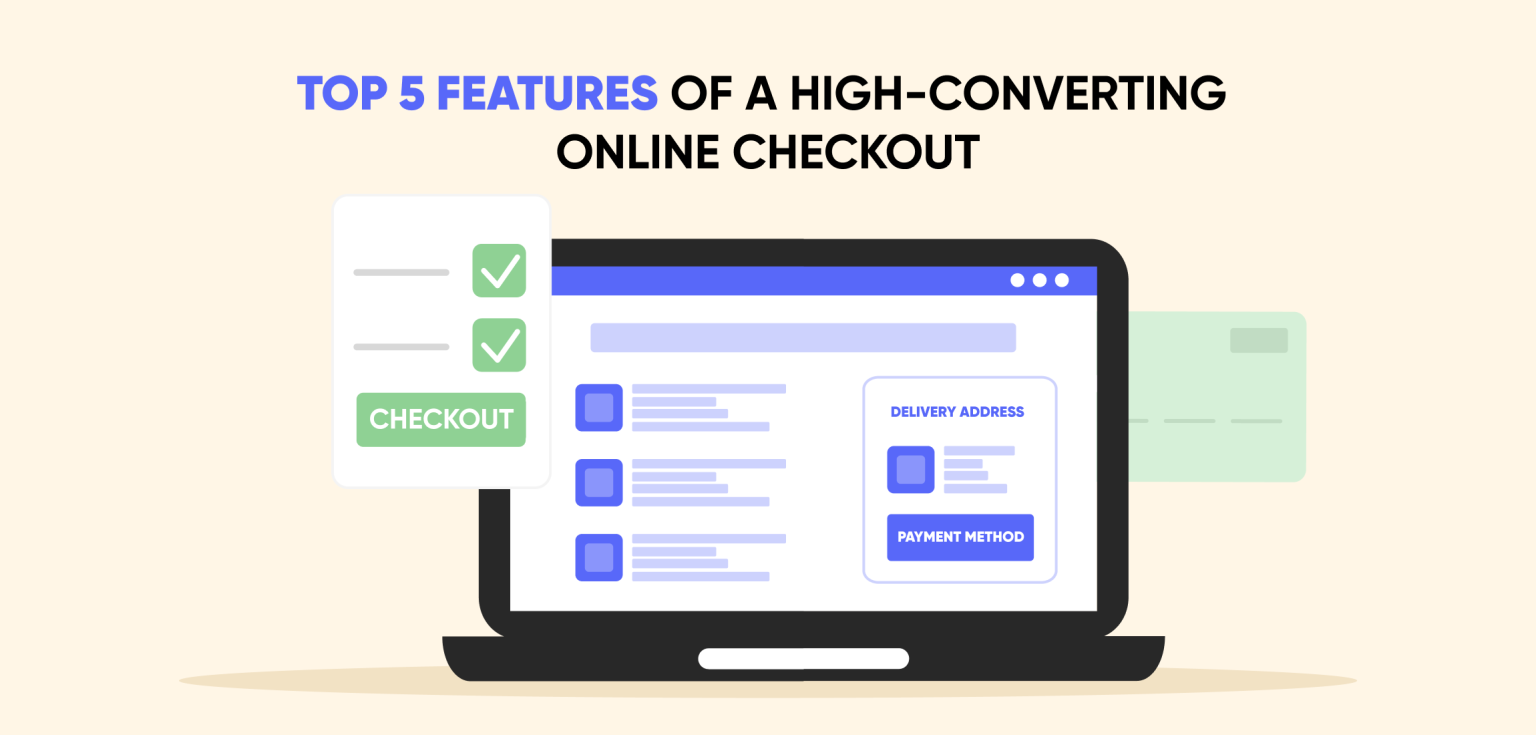The checkout process is a critical juncture where potential sales are either finalised or lost. Ensuring this process is smooth, secure, and user-friendly can significantly boost your conversion rates and customer satisfaction.
Here, we explore the top five features that contribute to a high-converting online checkout system and online sales growth.
Mobile Optimisation
With more people shopping on their smartphones, having a mobile-optimised checkout is no longer optional. Statista reports that mobile sales reached $2.2 trillion in 2023 and now account for nearly 73% of all e-commerce sales worldwide.
How to optimise for mobile
- Responsive design: Make sure your checkout page looks good and works well on any screen size.
- Simplified forms: Keep form fields to a minimum and use auto-fill to make the process quicker.
- Easy-to-tap buttons: Use large buttons and readable fonts to make navigation easy.
- Fast loading times: Optimise images and scripts to ensure your page loads quickly.
User-Friendly Design
A well-designed online checkout minimises distractions and focuses the customer’s attention on completing their purchase. The goal is to create a straightforward, intuitive, and visually appealing user experience.
Key elements of user-friendly checkout
- Clear progress indicators: Visual cues like progress bars can help users see where they are in the checkout process.
- Easy navigation: Allow users to move back and forth between steps without losing their entered information.
- Minimal distractions: Keep the checkout page free from unnecessary clutter and information.
- Consistent branding: Ensure the checkout page matches the rest of your site’s design and branding.
A professional, consistent online checkout system with a clean design builds trust and makes users feel more comfortable completing their purchases. It’s a must-have conversion rate optimisation strategy.
Guest Checkout Option
Many customers abandon their carts when forced to create an account. A guest checkout option reduces friction and allows new customers to complete their purchases quickly. You can always prompt them to create an account after the purchase is complete.
Instead of forcing account creation, emphasise the advantages (e.g., faster future checkouts, order tracking) to encourage customers to sign up voluntarily. If customers opt to create an account, make the process as seamless as possible, potentially allowing them to do so after completing their purchase.
You can still collect the user’s email during the guest checkout for order confirmation and future marketing.
Security and Trust Signals
Customers need to feel secure when entering their payment information. Clear security measures and trust signals can alleviate fears of fraud or data breaches and increase the likelihood of completing the purchase.
Trust signals
- Security badges: Display badges from recognised security providers like Norton, McAfee, or TRUSTe.
- Clear policies: Communicate your privacy policy, return policy, and terms of service transparently.
- Customer reviews: Show positive reviews and testimonials to build credibility and reassure potential buyers.
- Accessible contact information: Provide easy-to-find contact details, including phone numbers, email addresses, and live chat options.
Multiple Payment Options
The Baymard Institute found that 6% of cart abandonments occur due to a lack of preferred payment methods. Providing multiple online payment solutions ensures that more customers can find a method that suits them.
Here’s what you can do:
- Research your audience to understand the preferred payment methods of your target demographic and geographic market. This insight will help you tailor your payment gateway integration to meet their needs.
- Incorporate various payment options into your checkout process without cluttering the interface.
- Implement smart routing: Use smart routing to optimise transaction success rates by automatically directing payments through the most efficient and reliable channels. This can help minimise transaction failures and increase conversion rates.
- Regularly review and update your payment options to include new and emerging payment technologies.
To Sum Up
The checkout optimisation process is a multifaceted strategy that demands meticulous attention to detail, a thorough understanding of customer behaviour, and a commitment to ongoing refinement. The key to success is to start with small, incremental changes, conduct continuous testing, and always prioritise user experience in your optimisation efforts.



